
Business growth
Business growth refers to the process of improving a company's success and profitability through various strategies, including expanding market reach, increasing sales, enhancing operational efficiency, and innovating products or services. It involves strategic planning and execution to achieve long-term sustainability and competitiveness in the marketplace.

4 must-haves for a successful email newsletter
A successful email newsletter requires engaging content that resonates with your audience, ensuring they find value in every issue. A visually appealing design enhances readability and keeps subscribers interested. Consistent branding helps establish credibility and familiarity, making your newsletter easily recognizable. Finally, a clear call-to-action guides readers on what to do next, whether it's visiting a website or making a purchase. By focusing on these essential elements, you can create a newsletter that builds loyalty and drives engagement.
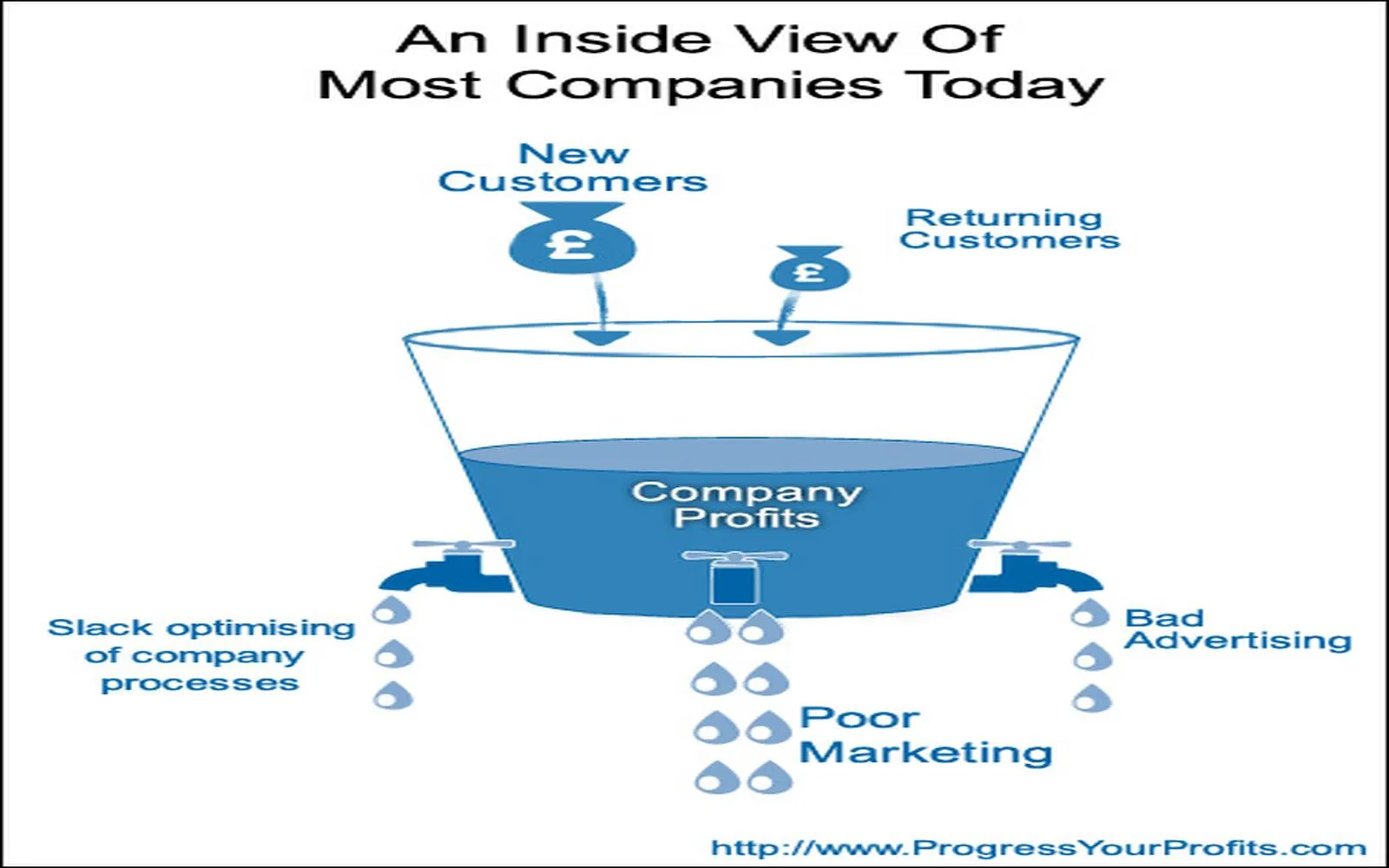
Is your business leaking?
Many businesses unknowingly experience leaks in various forms, such as lost revenue, wasted resources, and inefficient processes. These leaks can stem from inadequate systems, poor communication, or unoptimized workflows, ultimately impacting profitability and growth. Identifying and addressing these issues is crucial for maintaining a healthy bottom line. By conducting a thorough analysis of operations and implementing strategic solutions, businesses can plug these leaks, enhance efficiency, and foster sustainable success in a competitive market.

3 ways to gear up for more change
Embracing change requires a proactive mindset. Cultivating adaptability is essential; this can be achieved by seeking out new experiences and learning opportunities that challenge your comfort zone. Building a supportive network of like-minded individuals can provide encouragement and fresh perspectives, making transitions smoother. Lastly, developing resilience through mindfulness practices helps you stay grounded during turbulent times, allowing you to navigate change with confidence and clarity. These strategies collectively prepare you to face future transformations with a positive outlook.

Why your local launches are failing—and how to fix them
Many local launches fail due to a lack of understanding of the target audience and insufficient market research. Misalignment between the product and local needs can lead to poor engagement and sales. Additionally, inadequate promotion and reliance on generic marketing strategies often fall short. To improve outcomes, businesses should invest in tailored marketing efforts, engage with the community, and gather feedback to refine their offerings. Building strong local partnerships can also enhance visibility and support for the launch.

The new perspective Super Mario can give to your marketing
Exploring the world of Super Mario offers valuable insights for marketing strategies. The game's emphasis on engaging experiences and player-centric design highlights the importance of understanding your audience's journey. By adopting a playful and creative approach, brands can foster deeper connections and enhance customer loyalty. Super Mario's ability to adapt and innovate in a dynamic environment serves as a reminder for marketers to be flexible and responsive. Ultimately, leveraging these principles can lead to more effective and memorable campaigns.

Launching a bootstrapped business: 3 tips for success
Launching a bootstrapped business requires careful planning and resourcefulness. Focus on validating your idea by conducting thorough market research to understand customer needs and preferences. Prioritize building a strong network, as connections can lead to valuable partnerships and opportunities. Lastly, maintain a lean approach to finances, carefully managing expenses while reinvesting profits to fuel growth. By emphasizing adaptability and strategic decision-making, you can navigate challenges and position your business for long-term success.

How to think like a magician to amaze your customers
To think like a magician and amaze your customers, focus on creating memorable experiences that captivate their attention. Emphasize storytelling and surprise elements in your interactions, making the ordinary feel extraordinary. Use misdirection by highlighting key benefits while subtly addressing concerns. Personalize your approach to foster a deeper connection, and always leave a sense of wonder, encouraging curiosity about what you can offer next. By blending creativity and strategy, you can enchant your audience and enhance customer loyalty.

4 steps to establishing your brand personality
Establishing a brand personality involves a thoughtful approach to connect with your audience. Begin by defining your brand's core values and mission, as these will serve as the foundation for your personality. Next, identify your target audience to ensure your brand resonates with them. Then, create a consistent tone and voice across all communication channels, allowing your personality to shine through. Finally, engage with your audience authentically, gathering feedback and adapting your approach to strengthen the connection over time.

How to build brand awareness without a budget
Building brand awareness without a budget relies on creativity and community engagement. Start by leveraging social media platforms to share authentic content that resonates with your target audience. Collaborate with influencers or local businesses to expand your reach organically. Participate in community events or online forums to showcase your expertise and connect with potential customers. Encourage word-of-mouth marketing by providing exceptional products or services, and consider implementing referral programs to incentivize existing customers to spread the word.

Building a business that's hard to compete with
Creating a business that stands out in a competitive landscape involves a unique blend of innovation, quality, and customer engagement. Focus on developing a strong brand identity that resonates with your target audience, and build a loyal customer base through exceptional service and value. Emphasizing differentiation through exclusive products or services can further strengthen your position. Additionally, nurturing a positive company culture and leveraging technology for efficiency will enhance resilience, making it challenging for competitors to replicate your success.

5 lessons entrepreneurs can learn from teachers
Entrepreneurs can gain valuable insights from teachers, who excel in creating structured environments and fostering collaboration. They demonstrate the importance of adaptability, as each student presents unique challenges. Patience is crucial, allowing for growth and understanding over time. Effective communication skills help convey ideas clearly, while the ability to inspire and motivate others drives engagement. Lastly, teachers emphasize the significance of continuous learning, encouraging entrepreneurs to remain curious and open to new perspectives in their journey.

Grow with your community
"Grow with your community" emphasizes the importance of collaboration and mutual support in fostering personal and collective development. By engaging with local individuals and organizations, members can share resources, knowledge, and experiences that enhance growth opportunities. This approach encourages a sense of belonging and interconnectedness, allowing everyone to thrive together. When communities come together, they create a nurturing environment where ideas flourish and challenges are met with collective strength, ultimately leading to a more vibrant and resilient society.
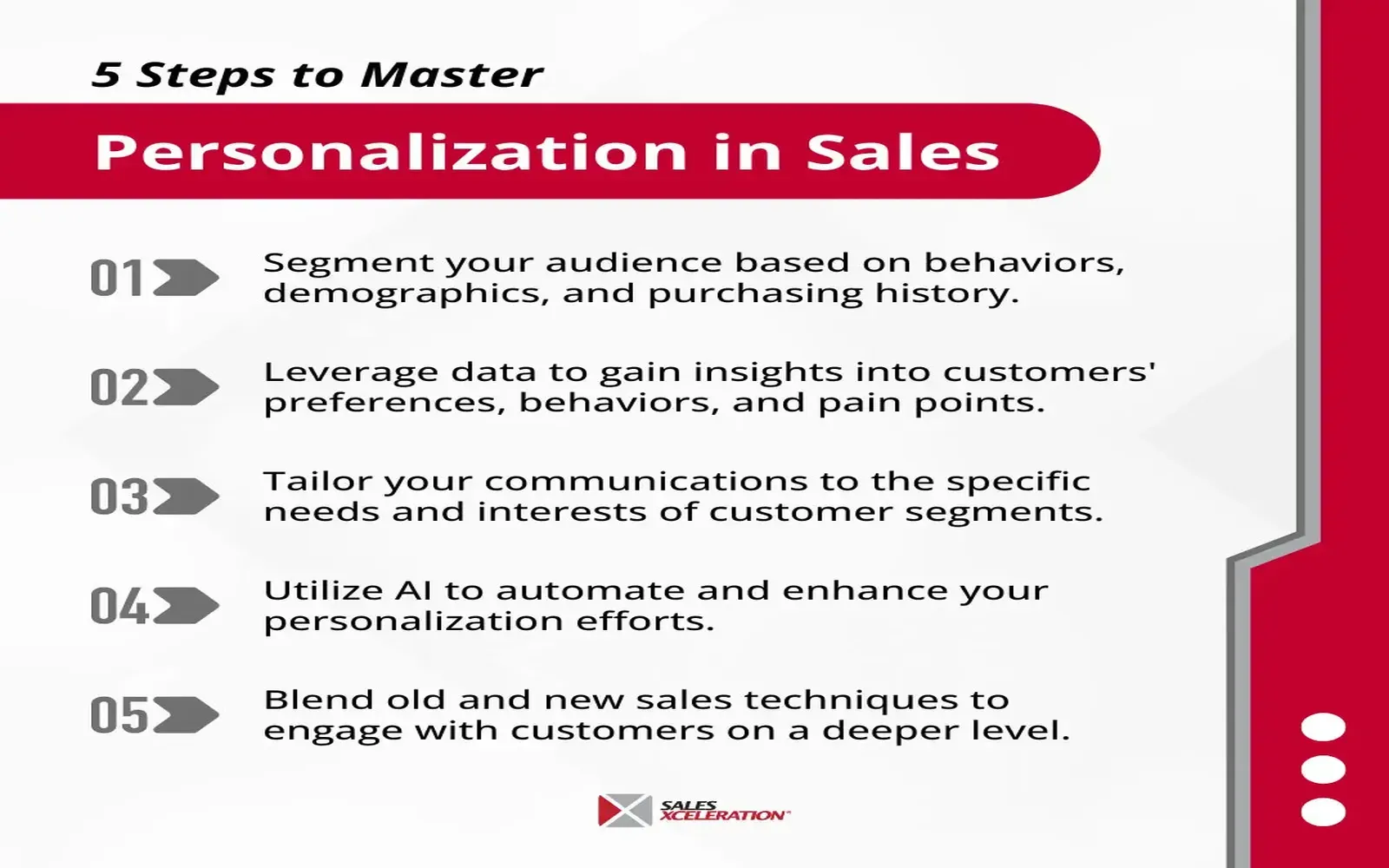
How to use personalized sales pitches to convert clients and sell more
Personalized sales pitches are essential for effectively engaging clients and increasing sales. By understanding a client’s unique needs, preferences, and pain points, sales professionals can tailor their approach to resonate deeply with the individual. This involves active listening, thorough research, and creating customized solutions that highlight the benefits relevant to the client. Building a genuine connection fosters trust, making clients more likely to respond positively. Ultimately, personalization enhances the client experience, leading to higher conversion rates and long-term relationships.
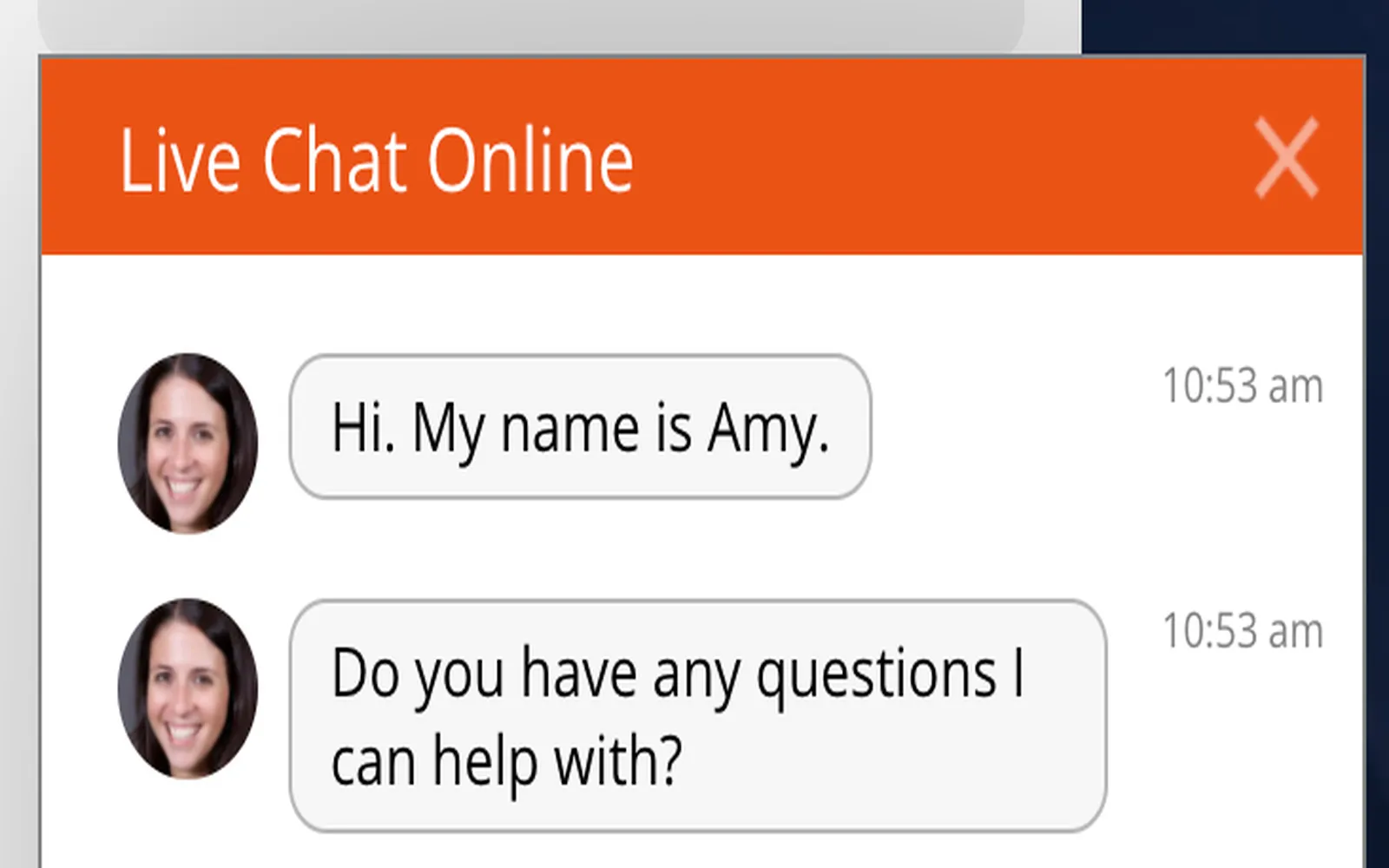
4 chatbot tips from business owners
Business owners emphasize the importance of personalizing chatbot interactions to enhance customer engagement. They suggest using clear and concise language to ensure users easily understand responses. Regularly updating the chatbot’s knowledge base is crucial for providing accurate information and maintaining relevance. Additionally, integrating the chatbot with other customer service channels can create a seamless experience, allowing for smoother transitions when human assistance is needed. Implementing these strategies can significantly improve customer satisfaction and boost overall business efficiency.

Should you build in-house or buy a solution?
Deciding whether to build an in-house solution or purchase an existing one involves evaluating various factors. Building in-house allows for tailored features and greater control, but it often requires significant time, resources, and expertise. On the other hand, buying a solution can save time and provide immediate access to proven technology, but it may lack customization and ongoing costs. Ultimately, the decision should align with the organization’s long-term goals, budget constraints, and specific operational needs.

9 mistakes you're making as a founder
As a founder, it's easy to fall into common pitfalls that can hinder your startup's success. Many entrepreneurs underestimate the importance of market research, often launching products without a clear understanding of their audience. Others struggle with delegation, attempting to handle every task themselves, which can lead to burnout. Poor financial management and neglecting company culture are also frequent issues. Additionally, lacking a clear vision and failing to adapt to feedback can prevent growth and innovation. Recognizing these mistakes is crucial for long-term success.

How to choose project management software for external team members
Choosing project management software for external team members involves assessing collaboration features, ease of use, and integration capabilities. Prioritize tools that facilitate communication and document sharing while ensuring accessibility for all users. Evaluate the software's scalability to accommodate project growth and the specific needs of external partners. Consider security measures to protect sensitive information and look for customizable options that can adapt to different workflows. Trial periods can also help gauge suitability before making a final decision.
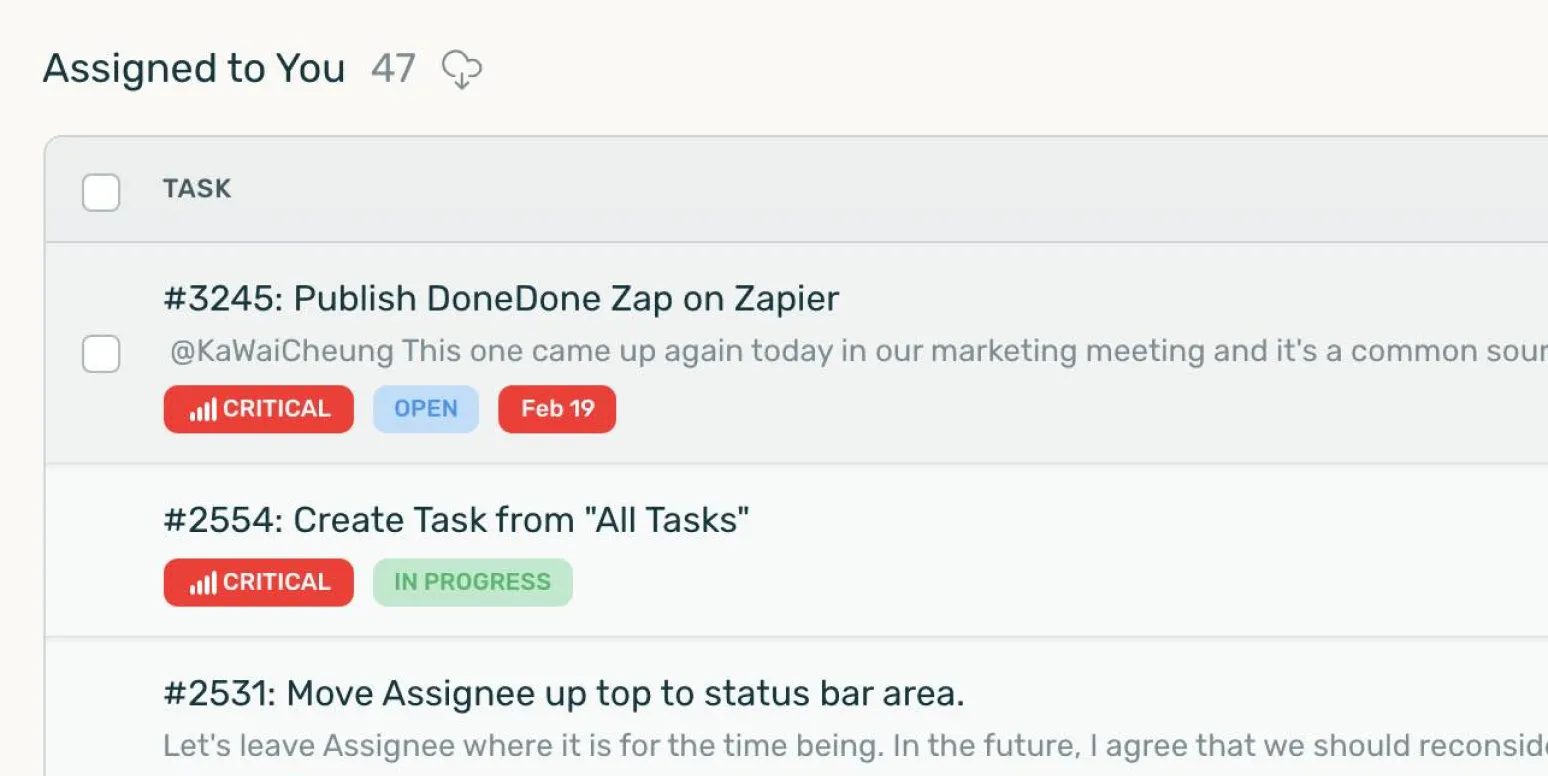
How to find product-market fit for your business
Finding product-market fit involves understanding your target audience and their needs. Begin by conducting thorough market research to identify customer pain points and preferences. Develop a minimum viable product that addresses these issues and gather feedback through testing. Iterate on your offering based on this input, ensuring it resonates with your audience. Continuously measure key performance indicators, such as customer satisfaction and retention, to assess alignment. Achieving product-market fit means your product effectively meets the demands of the market, driving growth and success.
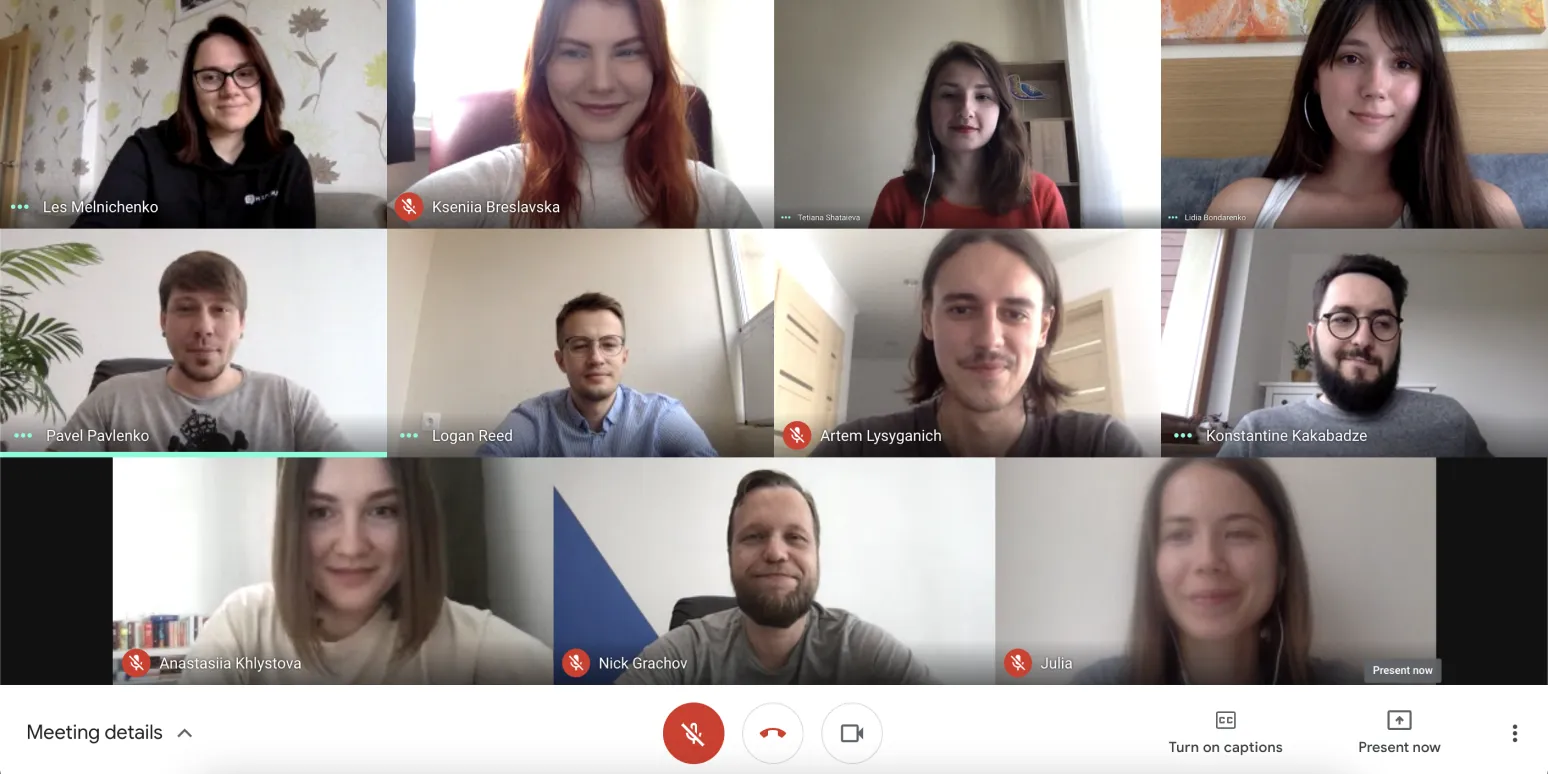
How a commitment to customer service can help your business grow
A strong commitment to customer service can significantly enhance business growth by fostering customer loyalty and encouraging repeat purchases. When customers feel valued and supported, they are more likely to recommend your business to others, leading to increased word-of-mouth referrals. Exceptional service also sets your brand apart from competitors, creating a positive reputation in the market. By prioritizing customer satisfaction, businesses can build lasting relationships, boost retention rates, and ultimately drive sales and profitability over time.

Why we hired a sales and marketing team during the pandemic
During the pandemic, we recognized the importance of adapting to changing market dynamics and consumer behavior. Hiring a dedicated sales and marketing team allowed us to enhance our outreach and engagement, ensuring we remained relevant in a challenging environment. This strategic decision enabled us to pivot our messaging, leverage digital platforms effectively, and identify new opportunities for growth. The team's expertise not only helped us navigate uncertainty but also positioned us for future success as the market began to recover.